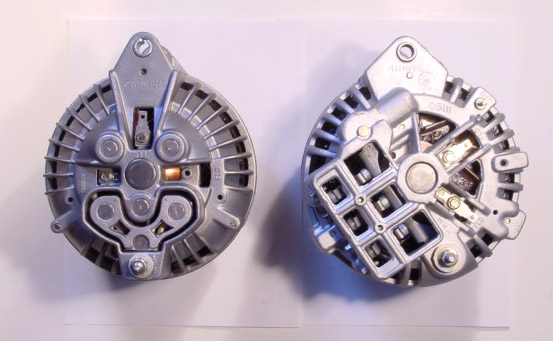moparorange
Member
Hello,
This is my first post and my first mopar. I have a 1971 dart with a 340. I replaced the battery, alternator, and voltage regulator. The car runs fine but keeps boiling/ overcharging the battery. The car has 3 wires leading to the alternator. A green, blue, and black one.
Green: field to alternator
Blue: not connected
black: to starter then battery
The alternator only has one field connector and one ground connector. I had a higher amp alt. with 2 field connectors but the car would not charge with that one.
Any help would be great. Thanks in advance
This is my first post and my first mopar. I have a 1971 dart with a 340. I replaced the battery, alternator, and voltage regulator. The car runs fine but keeps boiling/ overcharging the battery. The car has 3 wires leading to the alternator. A green, blue, and black one.
Green: field to alternator
Blue: not connected
black: to starter then battery
The alternator only has one field connector and one ground connector. I had a higher amp alt. with 2 field connectors but the car would not charge with that one.
Any help would be great. Thanks in advance


















